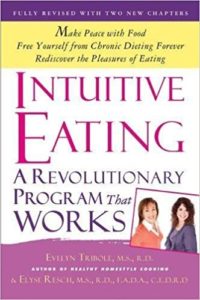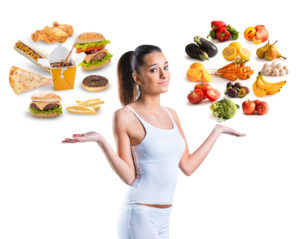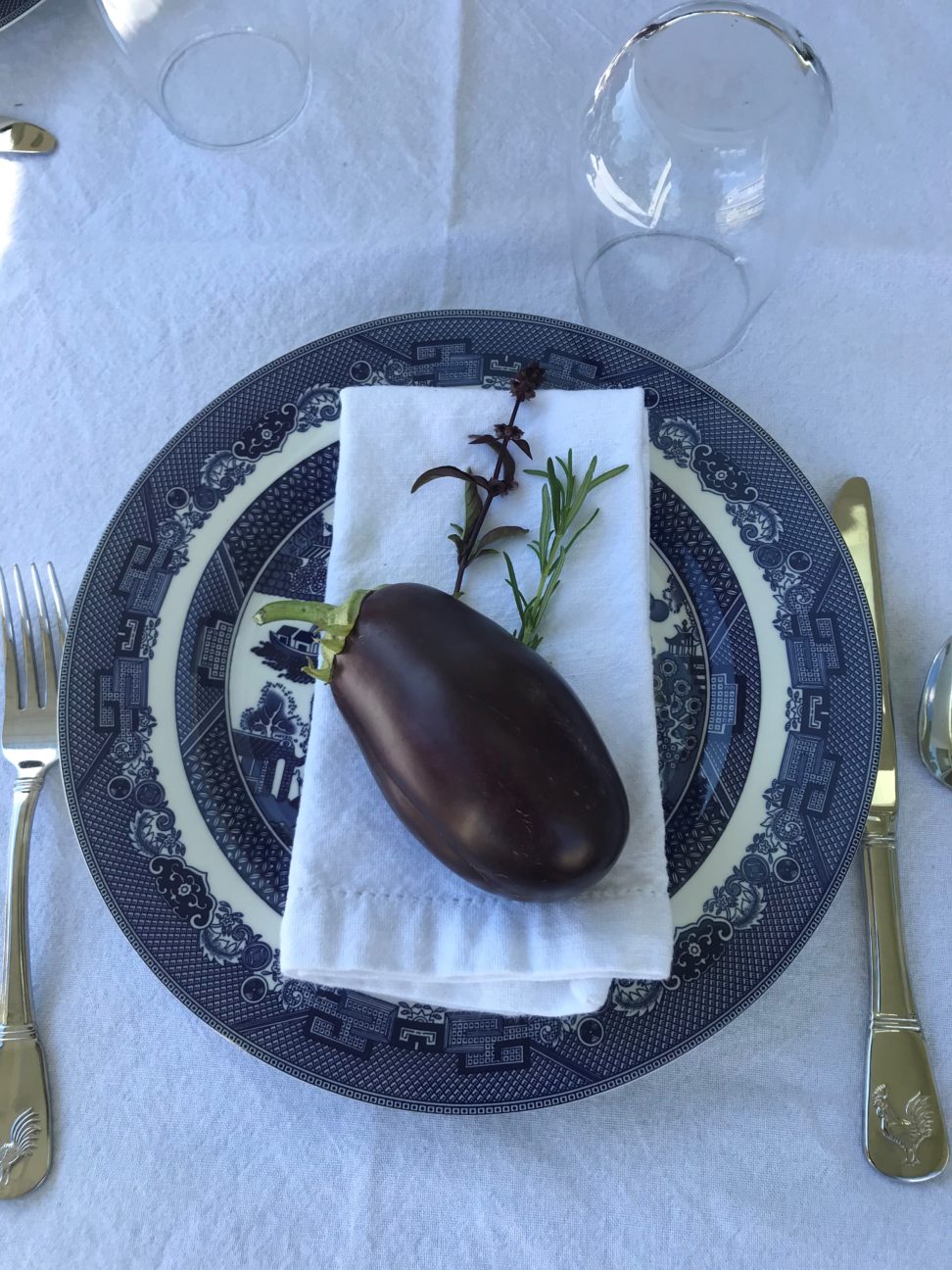I usually don’t focus on just one book for these blogs. However, Intuitive Eating hits many worthwhile notes. Just the concept of putting intuition and eating together is a healthy counter-cultural approach to food. Many of us are running around, waiting too long to eat, and then scarfing food while we hustle to the next event or activity. Sound familiar?
Over time this famine-to-frenzy way of eating becomes a habit. We’re no longer paying attention. We’re “just eating.”
Intuitive eating is about learning how to be cued into your body, thinking rightly about food, and seeing improved health.
How to—and why—build your eating intuition?
- Know what hunger, fullness, and appetite mean and feel like. Part of replacing frenzied eating is remembering what eating is and defining terms. Quoting from Michigan Medicine:
- “Hunger is a normal sensation that makes you want to eat. Your body tells your brain that your stomach is empty. This makes your stomach growl and gives you hunger pangs. Hunger makes some people feel lightheaded or grouchy. Everyone is different. Hunger is partly controlled by a part of your brain called the hypothalamus, your blood sugar (glucose) level, how empty your stomach and intestines are, and certain hormone levels in your body.
- “Fullness is a feeling of being satisfied. Your stomach tells your brain that it is full. Normally, this feeling causes you to stop eating and not think about food again for several hours. Fullness is partly controlled by the hypothalamus, your blood sugar, and having food in your stomach and intestines.
- “Appetite is a desire for food, usually after seeing, smelling, or thinking about food. Even after you feel full, your appetite can make you keep eating. It can also stop you from eating even though you are hungry. This might happen when you are sick or feeling stressed.”
- Learn what your body is actually doing when you eat. Your body is an amazing mixture of communicating hormones and moving parts. Instead of overwhelming ourselves with a written description, please watch this fun and info-packed YouTube video: How does your body know you’re full?
- Read how intuitive eating can change your approach to food. In the book, Evelyn Tribole, RD, and Elyse Resch, RDN, reject the diet and replace it with doable food habits. Covering the big picture, Health magazine interviewed the authors and provided this helpful overview: What Is Intuitive Eating? A Nutritionist Weighs In On This Popular Anti-Diet.
- Consider using intuitive eating. Registered Dietitian Nutritionist and yoga teacher Lauren Fowler outlined Intuitive Eating 101: How to Get Started. And, Aaron Flores, RDN, wrote a short article about what intuitive eating is and is not, especially for those who have dealt with eating disorders. You can also find inspiration from certified personal trainer and health coach Jennipher Walters in My Secret to a Healthy Lifestyle: Intuitive Eating.
 And, finally, check out the official 10 Principles of Intuitive Eating based on the book. I find that this more-forgiving approach to food brings success for people. You don’t have to live in “starvation mode” or listen to the food police or run a marathon every week.
And, finally, check out the official 10 Principles of Intuitive Eating based on the book. I find that this more-forgiving approach to food brings success for people. You don’t have to live in “starvation mode” or listen to the food police or run a marathon every week.
As you look at these universal ideas, personalize them for you. For example, getting rid of the food police is good—but at the same time, if you have a true food allergy, of course always keep those irritating or even dangerous items out of your diet.
Intuitive eating isn’t just eating when you’re hungry and stopping when you’re full, it is more about learning your inner body responses. As you start the process and have questions about personalizing your approach to food, give me a call. I can help.



![z31[1]](https://simplywholebydevi.com/wp-content/uploads/2018/06/z311-100x100.jpg)












